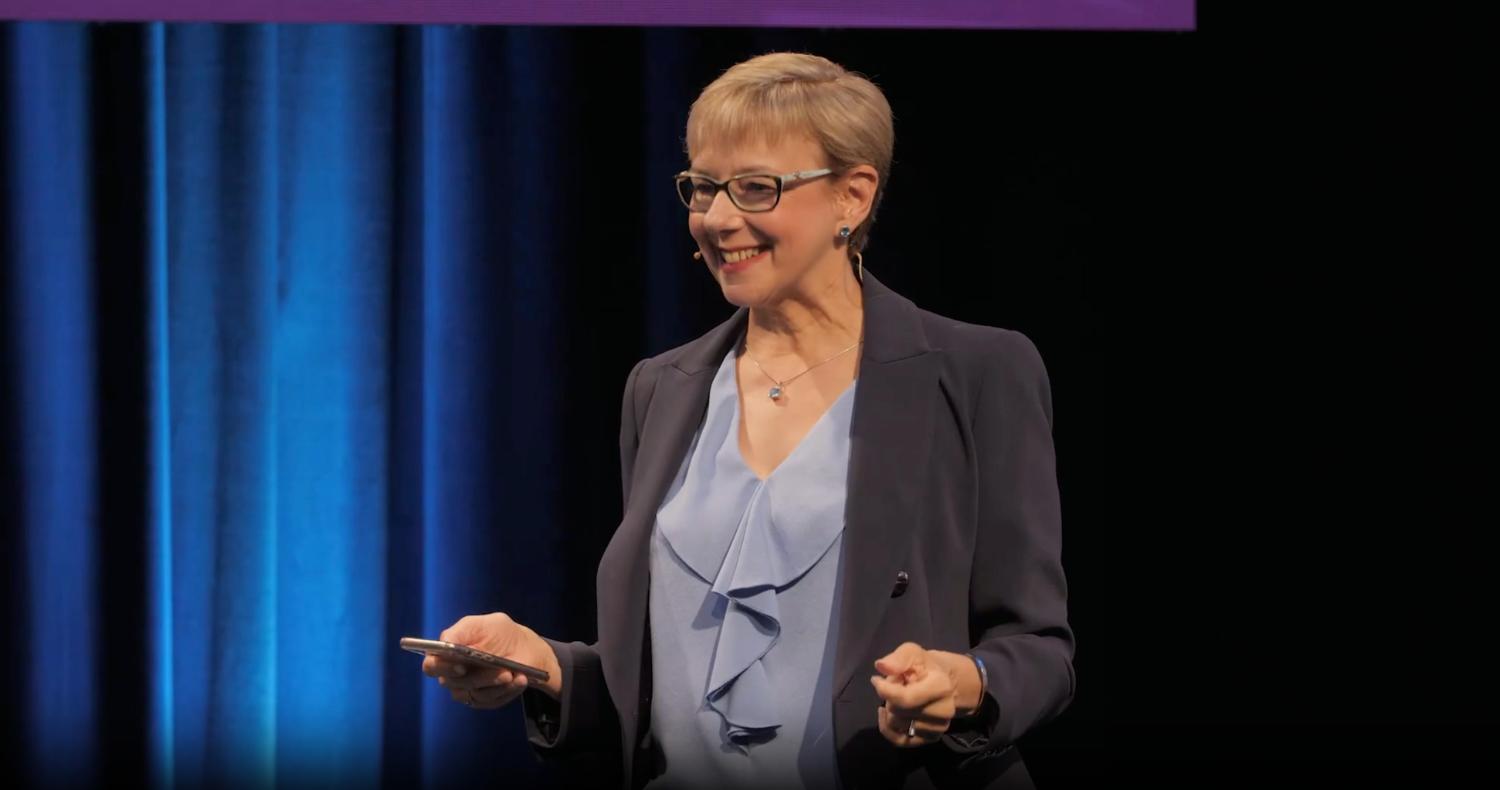In preparing for a leadership presentation to one of my engineering clients I went searching for updated stats on the skills shortage in the engineering industry. In 2021 Infrastructure Australia predicted that there could be a deficit of up to 105,000 qualified engineers by mid-2023.
A quick glance at my calendar told me we have now reached that date. With immigration meeting or exceeding pre-Pandemic levels, I was curious about the latest research into the engineering skills deficit.
Even I was surprised by this. Professionals Australia\’s March report predicts that Australia could be facing a deficit of 200,000 qualified engineers by the year 2040. Link to report in the comments.
They rightly point out that this shortage, if left unaddressed, could have far-reaching consequences for the nation\’s ability to tackle pressing social, economic, and climate challenges. Furthermore, it could hinder the successful execution of major infrastructure projects and clean energy initiatives.
They cite several reasons for this:
🔹 Underutilization of Qualified Engineers
One contributing factor to the supply issues is the underutilization of qualified engineers. Astonishingly, only 66% of Australian-born engineers and 49% of overseas-born engineers work in engineering roles.
The overseas-born stat did not surprise me. There are a lot of qualified engineers here on visas that are driving Ubers or making a living in some other part of the gig economy. Engineers Australia is doing some great work in this area, btw. If you are not across this, contact David Trott there.
I am, however, surprised by the stat around Australian born engineers. I\’d be keen to hear your thoughts on this.
🔹 The education system is failing us
While international student enrollment in engineering programs is growing at a rate of 8.8% annually, domestic commencement and graduation numbers remain stagnant.
Why are students switching disciplines and what can we do about that?
🔹 Tapping into the Potential of Women
And, of course, this is an age-old problem. Currently, less than two in ten engineering students are women, and women make up only 15% of the university-qualified engineering workforce.
Leveraging Migration and Global Competition.
Australia stands at a critical juncture, where the demand for engineering skills is outstripping the available supply, threatening the nation\’s progress in addressing social, economic, and climate challenges – as well as the company\’s abilities to grow and service clients.
70% of my client base are engineering firms and I see FAR too little being done to recognise and address these issues.
Is your company addressing the skills shortage? If so, I\’d love to know what you are doing.



